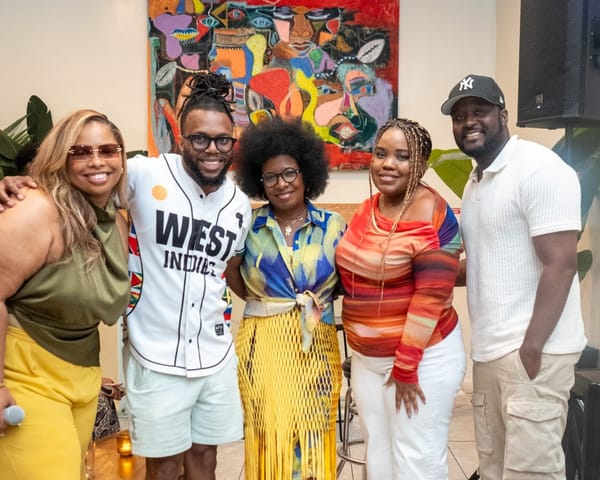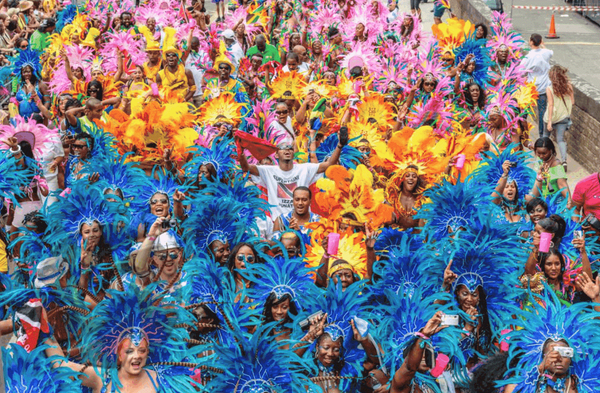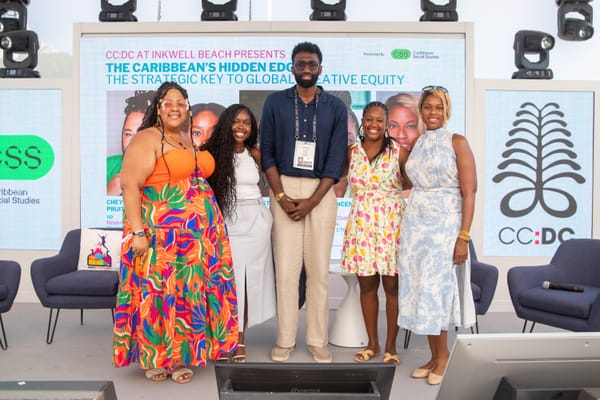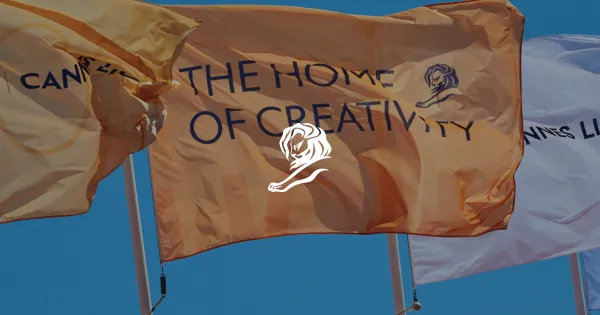A Grand Prix-Winning Idea: How Bad Bunny Turned Cultural Creativity Into Economic Power
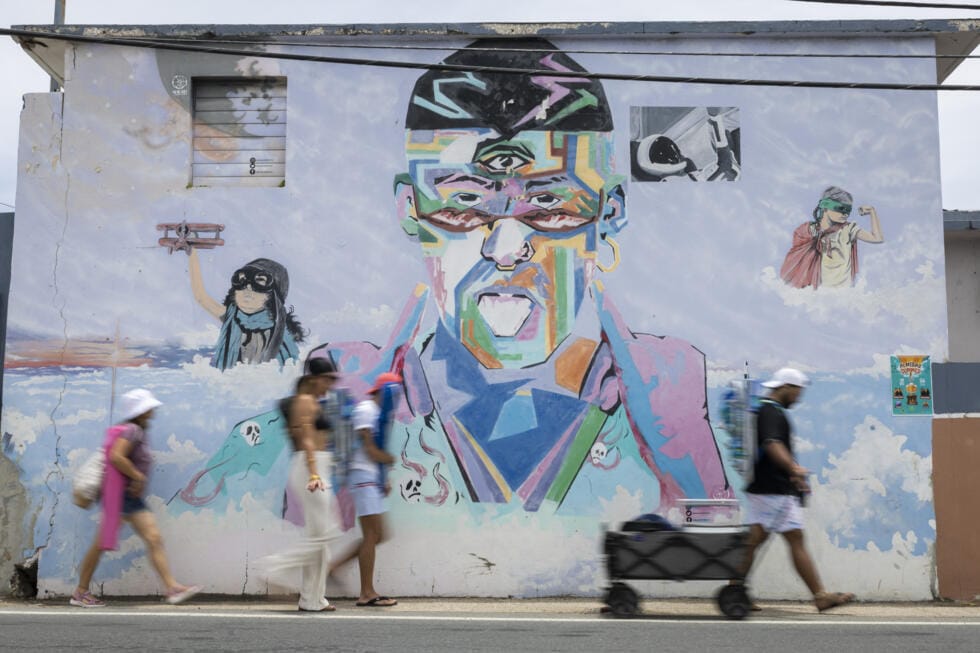
When Puerto Rico was derisively called “a floating island of garbage” in international press, Bad Bunny responded, not with outrage, but with strategy. The global superstar turned his sixth studio album into a digital love letter to Puerto Rico. Through a groundbreaking campaign called Tracking Bad Bunny, he transformed his homeland into an immersive map of cultural and geographic storytelling. That campaign, developed by DDB Latina Puerto Rico, went on to win the Grand Prix at the 2025 Cannes Lions, placing Puerto Rican creativity on one of the world’s most prestigious stages.
But beneath the awards and the headlines lies something even more potent: a case study in how cultural storytelling, creative technology, and local pride can work in tandem to reshape global perceptions and drive real economic opportunity.
For the Caribbean, this campaign isn’t just a win. It’s a blueprint.
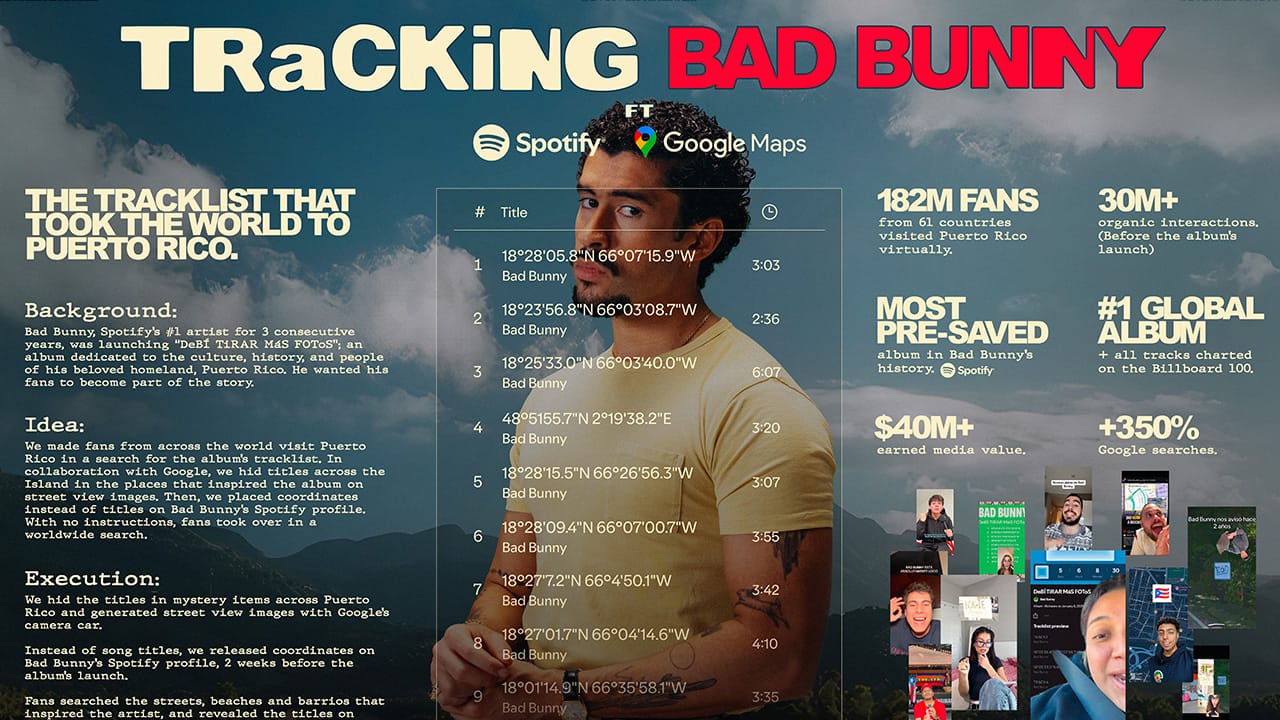
A New Narrative for the Caribbean
Tourism is the lifeblood of many Caribbean economies. Yet, much of the marketing that surrounds it has been reductive, selling sun, sea, and surface-level culture, often flattening the complexities of Caribbean life. Tracking Bad Bunny turned that model on its head.
The campaign used the artist’s song titles as GPS coordinates on Google Maps. Fans around the world were invited to digitally “track” him across the island, uncovering song titles written on murals, signs, and street corners in everyday Puerto Rican neighborhoods. It was intimate. It was local. It was real.
And it reached over 182 million fans in 61 countries, generating $40 million in earned media, all without ever leaving the island.
It also drove a powerful shift in narrative: Puerto Rico isn’t just a place to visit. It’s a place to understand.
Culture as Infrastructure
We often talk about roads, buildings, and airports as infrastructure. But what if we expanded that definition to include creativity?
With this campaign, Puerto Rico’s infrastructure became its culture, its artists, its language, its geography, and its ability to tell a story. DDB Latina built a digital system where culture was both the input and the output. Bad Bunny didn’t just release music. He created a network of meaning, anchored in local pride and accessible via global technology.
This is the kind of infrastructure the Caribbean must invest in. Not just in physical assets, but in the cultural systems, creative talent, and digital platforms that tell our stories on our own terms.
Artists as Nation Builders
Bad Bunny is more than a musician. He’s a civic actor. Through his art and his visibility, he’s making decisions that impact how Puerto Rico is perceived, visited, and valued.
For decades, governments and tourism boards have tried to brand the Caribbean. But what happens when artists, not bureaucrats, are the ones shaping the message? What if creative direction, not state-approved slogans, becomes the frontline of diplomacy, economic development, and national pride?
Tracking Bad Bunny answered that question.
The campaign did more than entertain. It generated curiosity. It sparked movement. And it invited the world to come closer, not just to consume Puerto Rico, but to understand it.
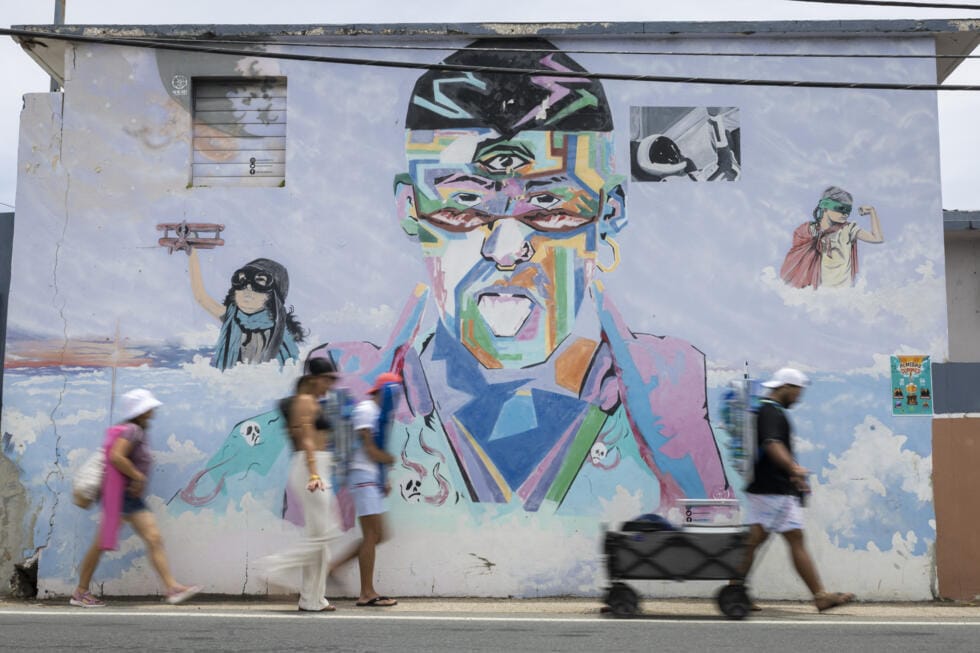
Lessons for the Wider Caribbean
The implications for the Caribbean region are profound. Here’s what we can learn from this moment:
1. Creativity Drives Tourism
Forget resort brochures. Stories sell. Especially stories that are grounded in truth, place, and pride. Campaigns like this show that cultural authenticity is not a niche; it’s a global demand.
2. Local Creatives Must Lead
DDB Latina is a Puerto Rican agency. Their success at Cannes proves that regional creative talent can compete (and win) at the highest level. This isn’t just about representation. It’s about capacity. When local creatives lead, the results are both beautiful and economically meaningful.
3. Tech Can Amplify, Not Dilute
This campaign used Spotify and Google Maps not to flatten culture, but to elevate it. When tech platforms are used ethically and intentionally, they can make local stories scale globally.
4. Tourism Should Be Decentralized
By highlighting neighborhoods and non-tourist areas, Tracking Bad Bunny created a tourism map that wasn’t top-down, but community-driven. This model redistributes attention and potentially wealth beyond the usual hotspots.
A Call to Action
The Caribbean has the talent. It has the stories. What it needs now is infrastructure that values creative work not as a luxury, but as a necessity. We need funding models that prioritize cultural IP, public–private partnerships that uplift community-led tourism, and education systems that treat creativity as a core industry.
If Tracking Bad Bunny teaches us anything, it’s that the future of the Caribbean economy is creative. Our greatest export isn’t just our beaches or our rum. It is our ability to transform culture into capital without losing its soul.
At Caribbean Social Studies (CSS), we explore how creativity, culture, and systems-thinking can shape the future of the Caribbean. Bad Bunny’s Tracking Bad Bunny campaign is a powerful example of this in action, a case study in how cultural intelligence, local storytelling, and creative infrastructure can drive not only pride, but real economic opportunity. This is the kind of Caribbean-led innovation CSS exists to amplify and activate.
Have an article or insight you would like to share with the Caribbean creative community? We'd love to publish it. Join the conversation and be part of shaping the Caribbean’s creative future.
Submit articles to: submissions@caribbeansocialstudies.com

